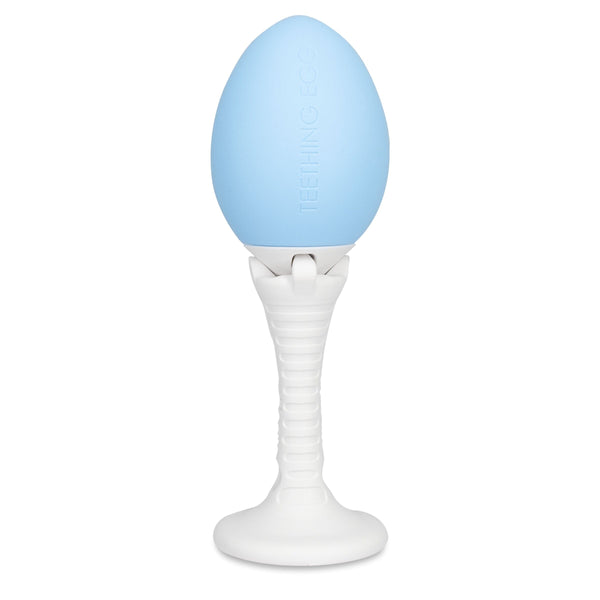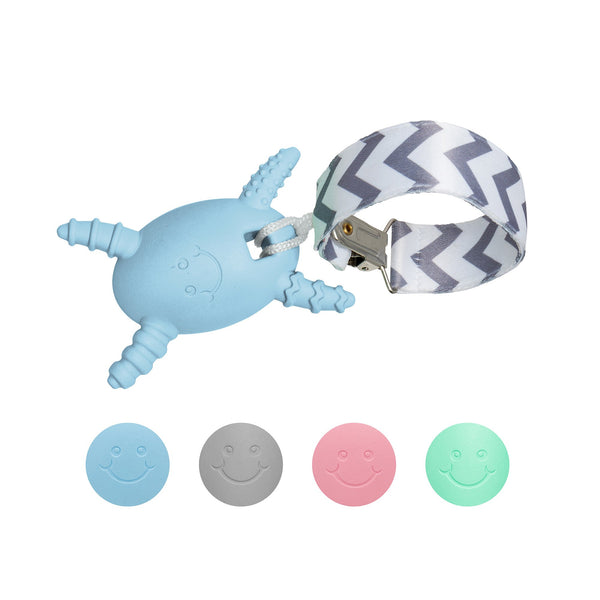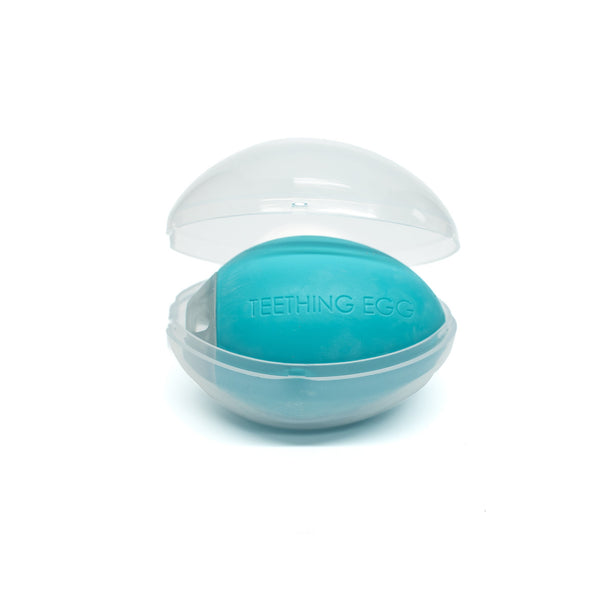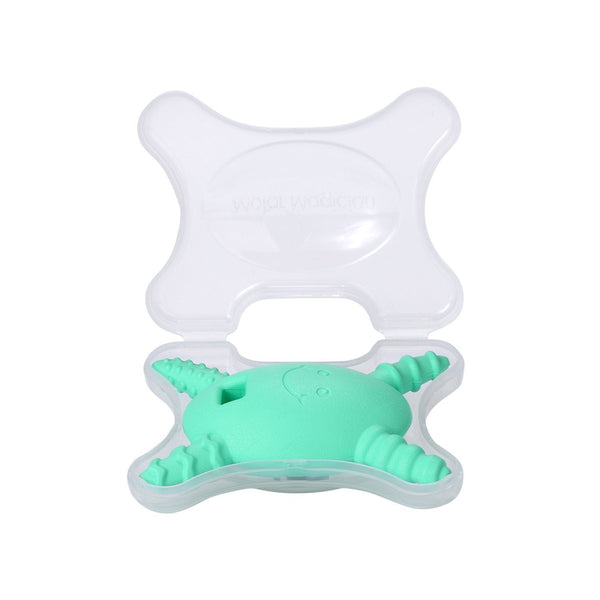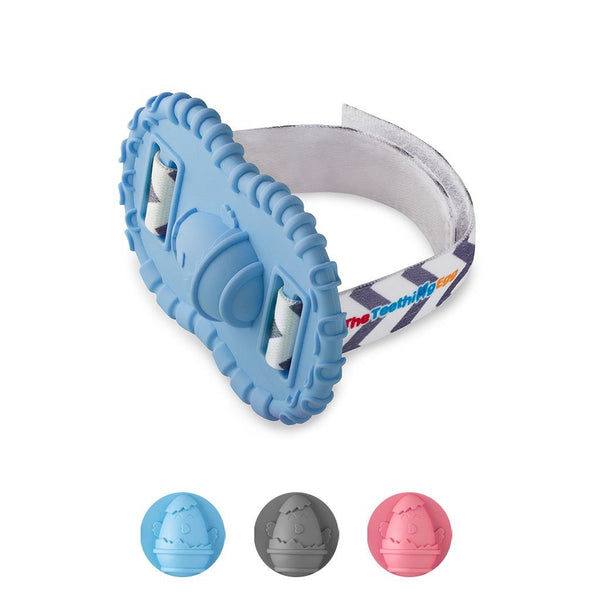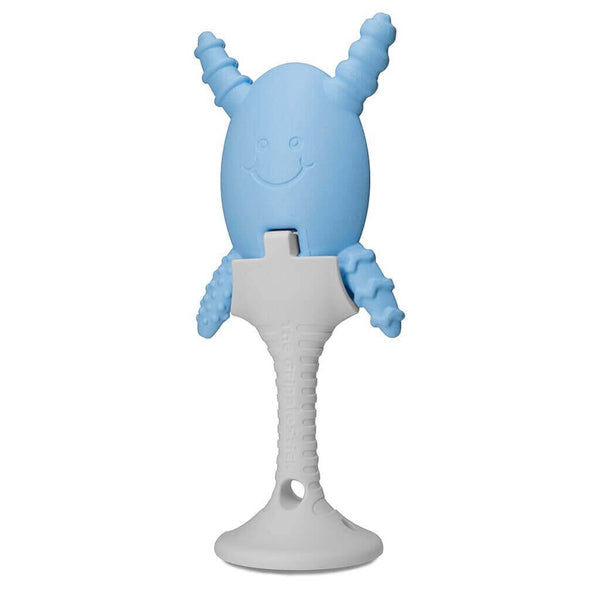Welcoming a new member into the family is a joyous occasion, but it also comes with a series of milestones and challenges. One such milestone that parents often encounter during the infancy stage is teething. Teething marks the emergence of a baby's first set of teeth, and while it's a natural and exciting process, it can bring about discomfort for both the baby and their caregivers. In this article, we will delve into the world of teething, discussing when babies start teething, the common symptoms they experience, ways to ease their discomfort, and the duration of the teething process.
When Does Teething Begin?
Teething typically begins between the ages of 4 to 7 months, although the timing can vary widely among individual babies. Some infants might start teething as early as 3 months, while others might not show any signs until around 9 or 10 months. The order in which teeth erupt also varies, but the general pattern follows the lower central incisors (bottom front teeth) appearing first, followed by the upper central incisors, then the lateral incisors, first molars, canines, and finally the second molars.
Common Symptoms of a Teething Baby:
Teething can be a trying time for both babies and parents due to the various discomforts that can accompany it. Some common symptoms include:
- Irritability: Babies may become fussier than usual and experience mood swings. They might cry more frequently and find it difficult to be soothed.
- Drooling: Excessive drooling is a hallmark of teething. The increased saliva can cause the baby's chin and neck to become wet, leading to potential skin irritation.
- Gum Discomfort: As the teeth begin to break through the gums, babies may experience sore and swollen gums. This discomfort can lead to increased biting and chewing on objects.
- Changes in Sleeping and Eating Patterns: Discomfort can disrupt sleep and appetite. Babies might experience interrupted sleep or even nighttime waking, and their appetite for solid foods or breast milk might change.
- Ear Pulling and Cheek Rubbing: Babies might pull on their ears or rub their cheeks to alleviate the pressure and discomfort in their gums.
- Fussiness and Restlessness: Restlessness and fussiness can be attributed to the general discomfort caused by teething.
Ways to Ease Teething Discomfort:
Parents and caregivers can employ several strategies to help alleviate the discomfort that teething babies experience:
- Teething Toys: Offering safe, soft, and textured teething toys can provide babies with something to chew on, which can help relieve gum discomfort. TheTeethingEgg has teethers for all stages of of the teething process, The Teething Egg provides counter-pressure on the top and bottom gums for your baby's teething needs. While the Molar Magician provides relief for the teeth and gums at the back of the mouth.
- Cold Compresses: Chilled teething rings or clean, damp washcloths placed in the refrigerator (not the freezer) can provide relief by numbing the gums temporarily.
- Gentle Gum Massage: Using a clean finger, gently massage the baby's gums to provide a soothing sensation.
- Pain Relief Gels or Medications: Consult a pediatrician before using any over-the-counter gels or medications, as they may have guidelines for their appropriate use.
- Distractions: Engaging the baby in activities or providing extra cuddle time can help divert their attention from the discomfort.
- Proper Hygiene: Keeping the baby's mouth and gums clean is essential to prevent infection. Gently wiping the gums with a clean, damp cloth after feedings can help maintain oral hygiene.
Duration of the Teething Process:
Teething is not a rapid process; it occurs gradually over time. The first set of teeth, usually the front incisors, can take several months to fully erupt. As a general guideline, the teething process usually spans from 6 to 24 months. By the time a child reaches the age of 2 or 3, they usually have a full set of 20 primary teeth.
Conclusion:
In conclusion, teething is a natural developmental stage that all babies go through, albeit at their own pace. Understanding when babies start teething, recognizing the common symptoms they experience, and knowing effective methods to soothe their discomfort can make this phase less challenging for both infants and parents. With the right care and attention, parents can help their little ones navigate the teething journey with a smile.

